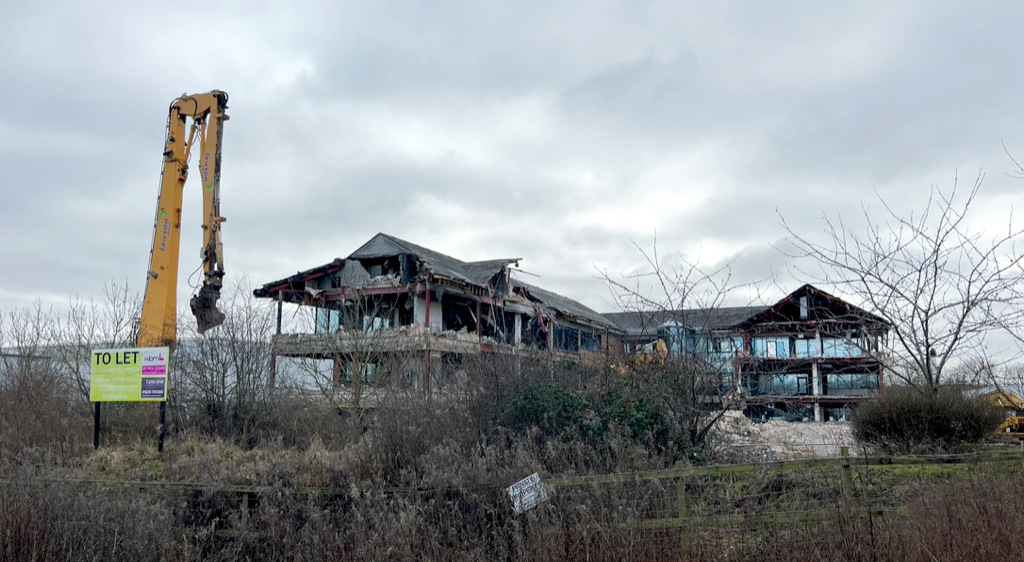Analysis by the countryside charity CPRE has found that there are a record number of Brownfield sites in England currently lying dormant, with a potential for 1.2million homes.
The CPRE analysed 344 Brownfield land registers for its State of Brownfield Report, which identify urban sites, that are available for housing, identifying 23,000 sites that total 27,000 hectares, The data shows a 6% increase on the same 2021 report.
The report found that planning permission was only granted for 45% of this land, with 550,000 homes with planning permission still waiting for development.
Unsurprisingly, the data shows distinct regional differences, and CPRE said that former heavily industrialised areas, which are in the most need of levelling up, are those areas least likely to have permission to redevelop.
The scale of unused land is a problem with the ongoing housing crisis, especially with pressure on the Green Belt for new homes. However, the cost of building on Brownfield is often higher than on virgin land, due to the need for remediation, and government does push the Brownfield agenda, not least with it’s lates tranche of funding via the Brownfield Land Release Fund 2. This is currently open for bids, with £60 million on offer in this round.
The CPRE Brownfield Report calls for measures to prioritise this land for housing, while simultaneously protecting farmland and the countryside. As well as more robust planning powers, it also recommends a doubling of the infrastructure Levy on Greenfield sites as opposed to Brownfield, to incentivise the use of previously developed land.
Tom Fyans, interim chief executive of CPRE said: ‘You know the system is broken when hundreds of thousands of vulnerable people and families are on social housing waiting lists, many in rural areas. Meanwhile, across the country tens of thousands of hectares of prime brownfield sites are sitting there waiting to be redeveloped.
‘There have been promising commitments by the government to incentivise brownfield development, tackle land banking and clamp down on short term lets distorting the rental market. But the scale of the challenge requires so much more. There’s no way to fix an overheated, undersupplied housing market without a new generation of social or truly affordable housing.



